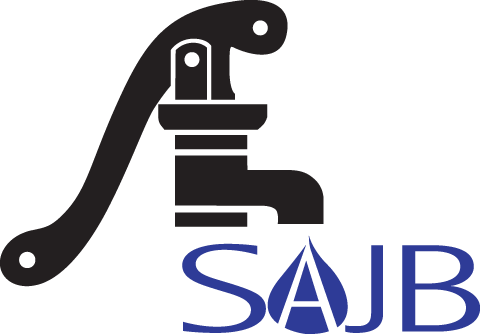New website for disposing hazardous waste
Becky Kramer The Spokesman-Review November 19, 2014 New Website shows options for disposing hazardous waste
Got a few wornout tires in your garage? An old television set you aren’t using? A box of spent compact fluorescent light bulbs? A new website provides links to Spokane area vendors that accept hazardous waste. Download PDF
With a few clicks of a mouse, local residents can find multiple locations that will take their old tires and electronics. Compact fluorescent bulbs, meanwhile, can be recycled for free at Home Depot, Lowe’s and other locations.
Spokanewastedirectory.org (https://www.spokanewastedirectory.org) was developed with a $51,000 grant from the Washington Department of Ecology. The goal is to keep hazardous waste out of the Spokane River and the Spokane ValleyRathdrum Prairie Aquifer, said Tonilee Hanson, Program Manager for the Spokane Aquifer Joint Board.
A single broken compact fluorescent bulb can release enough mercury to pollute 7,000 gallons of water, Hanson said. Both tires and electronics contain heavy metals that can be released into the environment.
In some areas of Spokane Valley, the aquifer starts a few dozen feet below the ground’s surface. Pollutants travel quickly through the rocky soil, reaching the aquifer and the Spokane River.
“We have a very unique aquifer that provides drinking water for the region, and a very beautiful river, and they interchange,” Hanson said. “I’ve personally picked up a computer monitor from the river bank. It was smashed – all of those metals were exposed to
the water.”
The interactive database includes 115 different hazardous wastes and more than 50 locations that accept them. A stilldeveloping part of the website will list each product’s environmental risks and less toxic alternatives.
Disposal sites for both commercial and residential waste are included, but Hanson thinks that getting residents onboard has the biggest potential payoff for the region’s
water quality.
“Businesses, for the most part, have somebody looking over their shoulder,” she said. “It’s the residential part that’s unregulated.”
With 600,000 people living above the aquifer, careless disposal of even small amounts of hazardous waste adds up, Hanson said. By making it easy to find drop-off and mail-in locations, the directory aims to change people’s behavior. Phone numbers and maps are included for vendors in Spokane, Stevens and Lincoln counties. Disposal fees are required for some products.
The directory was created with cooperation from nine different city, county and state agencies and nonprofits.
“This will help us out a lot,” said Mike LaScuola, environmental health specialist for the Spokane Regional Health District, which was one of the collaborators. “The more we keep waste disposal in the forefront, the less cleanup is needed at the end of deadend roads.”
His agency fields frequent calls about improper hazardous waste disposal. Each fall, the district is contacted by people concerned about their neighbors draining chemically treated water from swimming pools into alleys, for example.
Automotive fluids is another common area of abuse, with hobby mechanics spreading used motor oil on driveways for dust control or pouring fluids into the weeds behind their shop.
“People see roads being oiled, and they think their waste oil can be disposed of in a similar manner,” LaScuola said. Professional dust control application requires a permit and a less toxic form of oil.
“For the most part, these are areas that are very confusing to the public when they don’t have direction,” he said. “They need to know the proper way to take care of things.”
View the directory at www.spokanewastedirectory.org.
